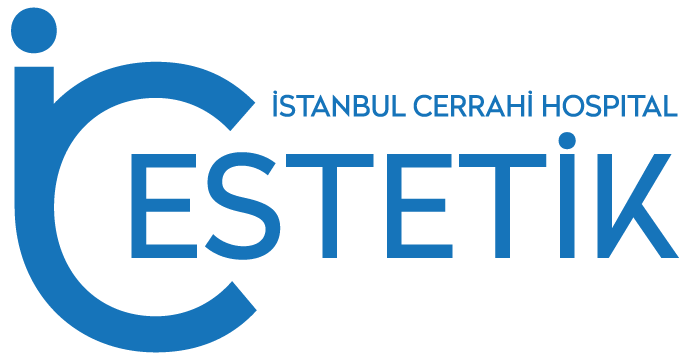Undergoing abdominoplasty, commonly known as a tummy tuck surgery, marks a significant step towards achieving your desired abdominal aesthetics. This surgical intervention is typically sought by individuals who have experienced significant weight loss, pregnancy, or aging, which may have resulted in stretched abdominal muscles and loose, sagging skin.
What is Tummy Tuck Surgery?
A tummy tuck surgery, medically known as abdominoplasty, is a cosmetic procedure aimed at improving the appearance of the abdomen by removing excess skin and fat and tightening the abdominal muscles. It is typically sought by individuals who have experienced significant weight loss, pregnancy, or aging, which may have resulted in stretched abdominal muscles and loose, sagging skin.
During a tummy tuck procedure, an incision is made in the lower abdomen, usually from hip to hip, allowing the surgeon to access the underlying tissues. The excess skin and fat are then carefully removed, and the abdominal muscles may be tightened and stitched together to create a firmer and flatter abdominal contour. In some cases, liposuction may also be performed to further sculpt the waistline and remove stubborn pockets of fat.
There are different types of tummy tuck surgeries, including:
Full abdominoplasty: This procedure involves a longer incision along the lower abdomen, allowing for extensive removal of excess skin and fat, as well as tightening of the abdominal muscles.
Mini abdominoplasty: Also known as a mini tummy tuck, this procedure is less invasive and is ideal for individuals with mild to moderate skin laxity and localized fat deposits below the navel. The incision is shorter, and the procedure focuses on addressing the area below the belly button.
Tummy tuck surgery is typically performed under general anesthesia to ensure patient comfort during the procedure. The duration of the surgery varies depending on the extent of correction needed and the specific technique employed by the surgeon.
After the surgery, patients can expect a period of recovery, during which they may experience temporary discomfort, swelling, and bruising. Following post-operative instructions provided by the surgeon is essential to promote proper healing and achieve optimal results. With proper care and maintenance, tummy tuck surgery can provide long-lasting improvements in abdominal contour and overall body confidence.
Successful Recovery and Optimal Results
To ensure a successful recovery and optimal results, it’s imperative to understand and adhere to the following comprehensive guidelines:
1. Embrace the Corset for Enhanced Support:
Following abdominoplasty, your abdomen requires adequate support to facilitate healing and maintain the newly contoured shape. Embrace the use of a specialized abdominal corset, as recommended by your surgeon, to provide essential support to the surgical site. Wear the corset consistently, both day and night, for approximately three weeks post-surgery to maximize its benefits.
2. Exercise Caution with Physical Activity:
While physical activity is essential for overall well-being, it’s crucial to approach exercise with caution during the initial stages of recovery. Avoid engaging in strenuous activities, particularly those that directly target the abdominal region, for at least two to three months post-surgery. Instead, prioritize gentle activities such as walking to promote circulation and aid in the healing process.
3. Prioritize Scar Management:
Scarring is a natural part of the healing process following abdominoplasty. However, proactive scar management can help minimize their appearance and promote optimal healing. Consult with your surgeon regarding the use of scar-reducing creams or ointments and follow their recommendations diligently. Consistent application of these products can help soften and fade scars over time, enhancing the overall aesthetic outcome.
4. Handle Bathing with Care:
Protecting the abdominal area during bathing is crucial to prevent irritation or trauma to the surgical site. Opt for gentle, lukewarm water and avoid exposure to hard impacts. Pat the skin dry gently after bathing to minimize friction and discomfort. Additionally, be mindful of any signs of infection, such as redness or swelling, and promptly notify your surgeon if you notice any concerning symptoms.
5. Maintain Open Communication with Your Surgeon:
Throughout the recovery process, maintaining open communication with your surgeon is essential. Attend all scheduled follow-up appointments and address any concerns or questions you may have regarding your recovery progress. Your surgeon is your partner in achieving optimal results, so don’t hesitate to seek their guidance and support whenever needed.
In conclusion, the journey towards a successful tummy tuck surgery extends beyond the operating table into the critical phase of post-operative care. By adhering to these comprehensive guidelines and maintaining open communication with your surgeon, you can navigate the recovery process with confidence and achieve the desired aesthetic outcomes. Remember, patience and diligence are key to a smooth and successful recovery journey.
Doctor’s Review
As a board-certified plastic surgeon with extensive experience in performing abdominoplasty procedures, I have witnessed firsthand the transformative effects that tummy tuck surgery can have on individuals seeking to improve the appearance of their abdomen.

